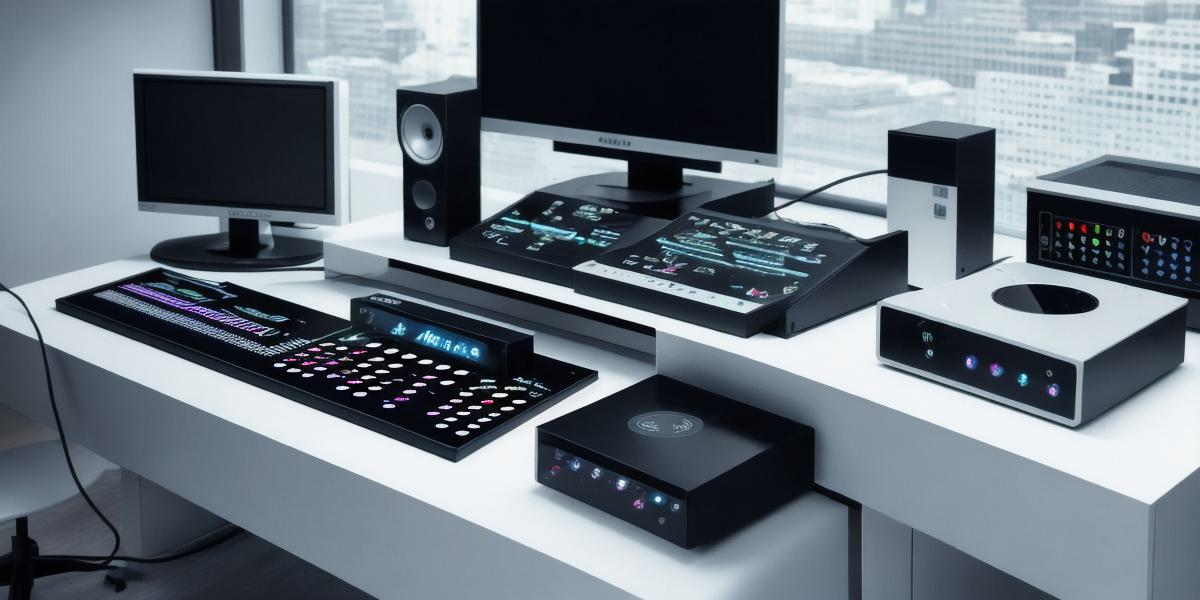How Voice Computers Work and Why They’re the Future of AI Development

Introduction:
Voice computers are becoming more popular every day, and it’s no surprise why. These devices allow us to interact with technology using our voices, making them more accessible and convenient than traditional methods like typing or swiping. But how do voice computers work? And what makes them so special? In this article, we’ll explore the inner workings of these fascinating devices and discuss their potential impact on AI development.
How Voice Computers Work:
Voice computers use a combination of speech recognition technology and natural language processing (NLP) to understand and respond to voice commands. When you speak to a voice computer, it first captures your voice using a microphone. This audio is then processed by the device’s speech recognition software, which converts the sound waves into text.
Next, the device uses NLP algorithms to interpret this text and determine the intended meaning of your words. These algorithms analyze the context of your command, take into account common phrases and grammatical structures, and use machine learning techniques to make predictions about what you’re likely to say next.
Finally, the voice computer generates a response based on its interpretation of your command. This response may be a spoken word or phrase, a visual display on the device’s screen, or even an action that the device performs physically (such as playing music or adjusting the temperature in your home).
Why Voice Computers Are Special:
One of the key reasons why voice computers are so popular is their convenience. Unlike traditional methods of interacting with technology, which require a physical input device like a keyboard or mouse, voice computers allow us to use our voices directly. This makes them ideal for tasks that require constant attention or movement, such as driving or cooking.
Another advantage of voice computers is their ability to understand and respond to natural language commands. Unlike traditional text-based interfaces, which require users to remember specific phrases or commands, voice computers can interpret a wide range of languages and dialects and respond accordingly. This makes them more versatile and user-friendly than other types of technology.
Finally, voice computers are constantly improving. As more data is collected and analyzed by these devices, their speech recognition algorithms become more accurate and their NLP models become more sophisticated. This means that over time, voice computers will be able to understand and respond to an even wider range of commands and queries, making them even more valuable tools for AI development.
Conclusion:
Voice computers are a fascinating and powerful tool that has the potential to revolutionize the way we interact with technology. By using speech recognition and natural language processing algorithms, these devices allow us to use our voices directly to control and manipulate digital objects. As voice computer technology continues to improve, we can expect to see even more exciting applications in the future of AI development.








